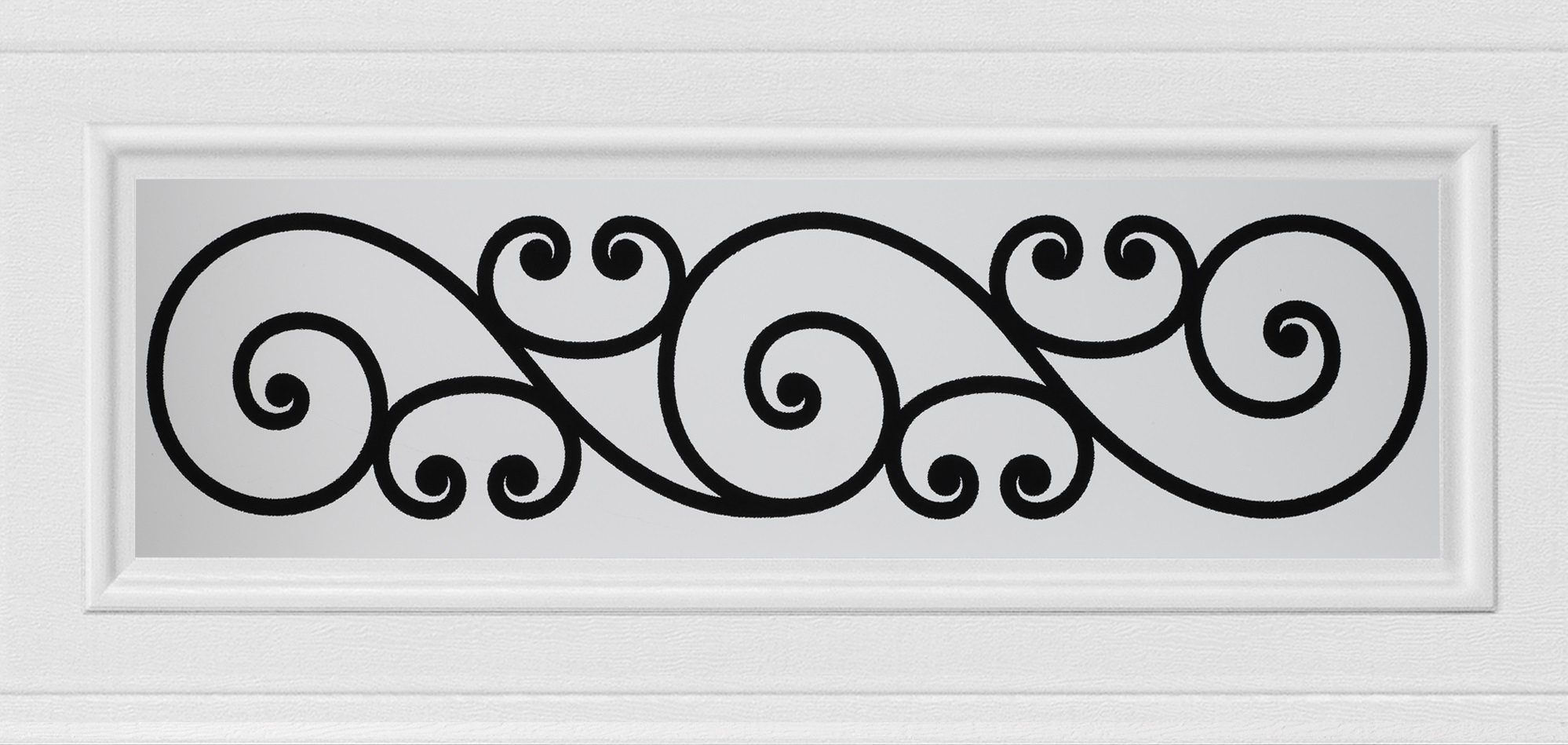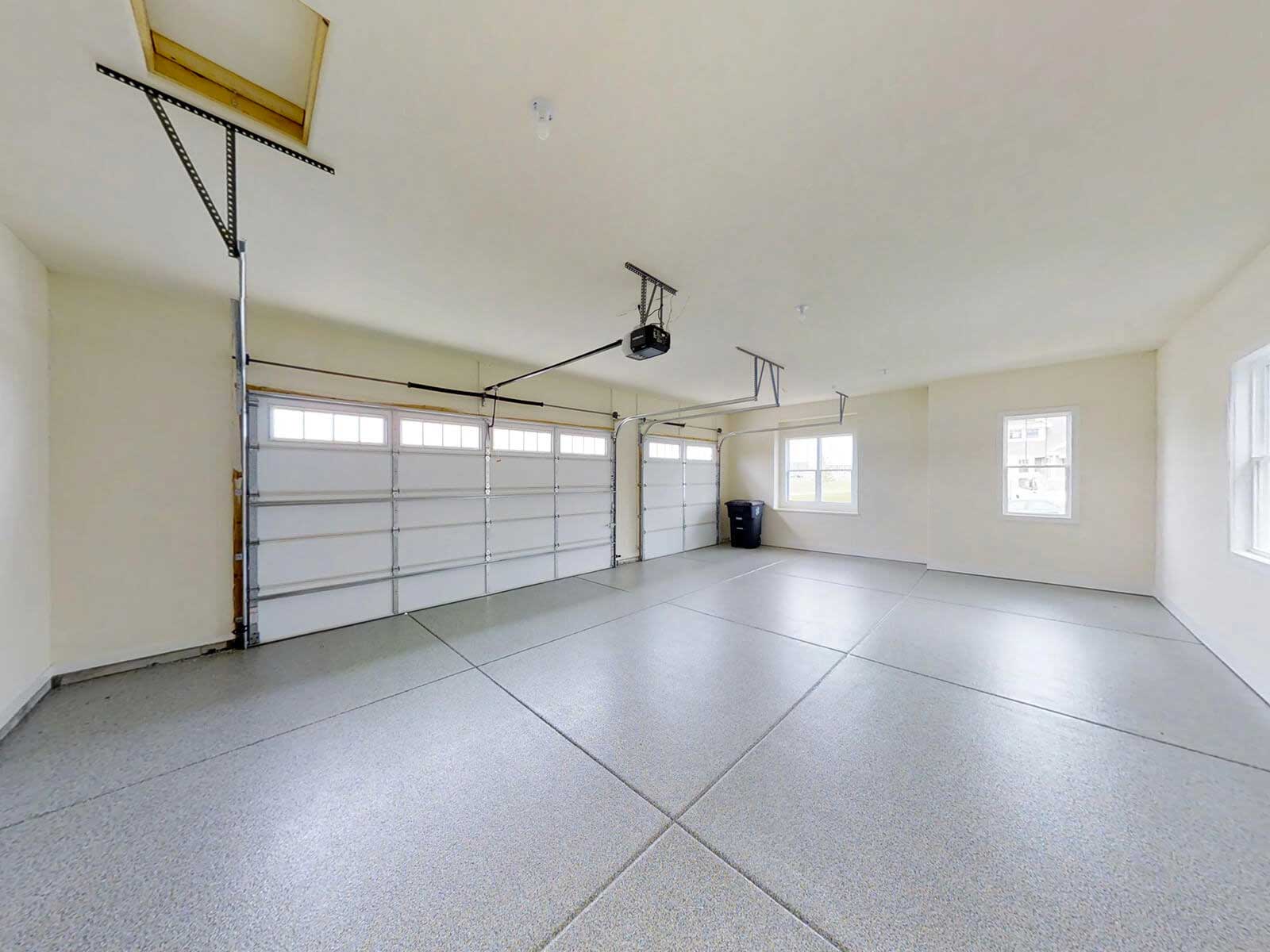
Garage shelves with storage bins can not only be useful but also look great in your garage. There are many styles and materials available for you to choose from. Some types of shelving are adjustable while others are wall-mounted. They are easy-to-assemble and customizable to your requirements. A great choice for garages is wooden shelves. These shelves are very eco-friendly and can easily be tailored to your particular design.
Freestanding units are typically made of wood or metal. It is also possible to buy tool-free shelving systems that will give you the storage you want at a low cost. No matter what material you choose, a shelving unit provides a stable surface for your work and is easy to maintain.
Seville Classics wire shelving might be a good choice if you want a high-quality and affordable solution. This product is durable, lightweight, and offers 36-inch-wide shelving. It can hold up to 4,000 pounds.

The Bin Warehouse Shelving Unit is another popular option. The unit can be used to store items in a vertical, convenient location. It is an affordable option, costing less than 200 dollars. To add a little extra versatility, you can customize the rack with hook-and-bar shelving to meet your changing storage needs.
You can also build your own shelving for an even more custom option. These simple yet elegant designs will allow you to be creative. To make your wooden shelves more personal, you can also refinish them. Your creativity will be the key to creating the perfect shelving for your garage.
A great way to add elegance and beauty to your garage is to build wooden shelves. They will be beautiful and will hold all your tools and supplies. The best part is that wood can be recycled.
Wood is a natural material that can be easily recycled, unlike plastic. It can withstand any weather and is extremely durable. Because of this, it requires far less maintenance that a metal shelf. It's also naturally anti-microbial so it can be kept in your garage.

The Amazon Basics 4-Shelf Storage Shelving unit is another good option. This affordable system can be used to create a wall in your basement storage or any other place you need it.
Corner shelf units are a cost-effective and convenient way to store your paints, tools, and other supplies. Corner shelving units can be made from scrap materials. This saves money and creates a functional space. An easy and fast way to assemble a corner shelf unit.
Finally, if a large-sized shelf is required, you can consider purchasing a stainless steel wall shelf. These shelves are of exceptional quality and will last for a long time. They are stronger than metal and plastic shelves and are easier to refinish.
FAQ
What is the cost of tile for a shower?
Do it yourself if possible. A full bathroom remodel is considered an investment. When you consider the long-term benefit of having a beautiful space for many years, it is a smart decision to invest in quality fixtures and materials.
The right tiles will make a big difference in the way your room feels and looks. We have a guide that will help you pick the best tiles for your room, whether you are planning a minor or major renovation.
First, you need to choose which flooring material you want. You have many choices: ceramics, natural wood, stone, porcelain and even stone. Next, choose a style such as a classic subway tile or a geometric pattern. Next, choose a color palette.
You'll probably want to match the tile to the rest of the room for a large bathroom remodeling job. You might choose white subway tiles in the bathroom and kitchen, but use darker colors in other rooms.
Next, determine the size of the project. Is it time to update a small powder room? Do you want to add a walk-in wardrobe to your master bathroom?
After you have determined the scope of work, visit local shops to see samples. This allows you to get a feel and idea for the product as well as its installation.
You can also shop online to find great deals on porcelain and ceramic tiles. Many retailers offer free shipping and discounts on bulk purchases.
What is the difference between a remodel and a renovation?
Remodeling is the major alteration to a space or a part of a space. A renovation refers to minor changes made to a particular room or area of a given room. A bathroom remodel, for example, is a major undertaking, while a new sink faucet is minor.
A remodel involves replacing an entire room or part of a whole room. A renovation is merely changing something in a particular room. For example, a kitchen remodel involves replacing counters, sinks, appliances, lighting, paint colors, and other accessories. An update to a kitchen could involve painting the walls or installing a new light fixture.
Why remodel my house when I could buy a new home?
While it's true that houses get less expensive each year you still need to pay the same price for the same square footage. You will pay more for the extra square footage, even though you might get more bang for you buck.
Maintaining a house that doesn’t need much maintenance is cheaper.
Remodeling your home instead of purchasing a new one can save you hundreds.
Remodeling your home will allow you to create a space that is unique and suits your life. Your home can be made more inviting for you and the family.
Which order should you renovate the house?
The roof. The second, the plumbing. Third, the electrical wiring. Fourth, the walls. Fifth, floors. Sixth, the windows. Seventh, doors. Eighth is the kitchen. Ninth are the bathrooms. Tenth, garage.
Once you've completed these steps, you can finally get to the attic.
If you don't know how to renovate your own house, you might hire somebody who does. Renovations take time, patience, and effort. You will also need to spend money. So if you don't feel like putting in the hours or the money, then why not let someone else do the hard work for you?
While renovations can be costly, they can help you save a lot of money over the long-term. Plus, having a beautiful home makes life better.
Do you think it is cheaper to remodel a kitchen or a bathroom?
Remodeling a bathroom and kitchen can be costly. However, when you consider how much money you pay each month for energy bills, upgrading your home might make more sense.
Small upgrades can help you save thousands of dollars per year. Simple changes such as insulation in ceilings and walls can help reduce cooling and heating costs by up to 30%. Even a small improvement can make a difference in comfort and increase resale.
It is crucial to consider durability and ease of maintenance when renovating. Material like porcelain tile, stainless-steel appliances, and solid wood flooring are more durable and can be repaired less often than vinyl or laminate countertops.
It is possible to reduce utility costs by replacing older fixtures with more modern models. Low-flow faucets and showerheads can reduce water consumption by as much as 50%. Up to 75 percent of electricity can be saved by replacing inefficient lighting fixtures with compact fluorescent bulbs.
Is $30000 enough to remodel a kitchen?
You can expect to pay anywhere from $15000-$35000 for a kitchen overhaul, depending on how much money you have available. A complete kitchen remodel will cost you more than $20,000. If you are looking to upgrade appliances, paint or replace countertops, it is possible to do this for less than $3000.
The average price for a full-scale renovation is usually between $12,000-$25,000. There are many ways to save money and not compromise on quality. You can replace an existing sink with a new one for around $1000. You can also purchase used appliances at half of the cost of new.
Kitchen renovations are more time-consuming than other types of projects. Plan accordingly. It's not ideal to begin working in your kitchen, only to find out halfway through that there isn't enough time to finish the job.
Your best bet is to get started early. Start looking at options and collecting quotes from various contractors. Then, narrow down your options based upon price, quality, availability.
Once you've found a few potential contractors, ask for estimates and compare prices. Sometimes the lowest bid doesn't necessarily mean the best. It's important that you find someone with similar work experiences who can provide a detailed estimate.
When calculating the final cost, remember to add all extras. These may include labor or material charges, permits and so forth. Be realistic about the amount you can afford, and stick to your budget.
Don't be afraid to tell the contractor what you think about any of the quotes. If you don’t like the first bid, let the contractor know and offer to give it another chance. Do not let your pride stop you from saving money.
Statistics
- According to a survey of renovations in the top 50 U.S. metro cities by Houzz, people spend $15,000 on average per renovation project. (rocketmortgage.com)
- bathroom5%Siding3 – 5%Windows3 – 4%Patio or backyard2 – (rocketmortgage.com)
- Windows 3 – 4% Patio or backyard 2 – 5% (rocketmortgage.com)
- Following the effects of COVID-19, homeowners spent 48% less on their renovation costs than before the pandemic 1 2 (rocketmortgage.com)
- $320,976Additional home value: $152,996Return on investment: 48%Mid-range average cost: $156,741Additional home value: $85,672Return on investment: (rocketmortgage.com)
External Links
How To
How to Remove Tile Grout on Floor Tiles
Tile grouting is something that most people don't even know they have. It seals the joints between tiles. There are many kinds of grout on the market today. Each type serves a specific purpose. We will demonstrate how to remove grout from tile floors.
-
Before you can begin the process, ensure that you have all necessary tools. You will need a grout cutter and grout scraper.
-
You will now need to clean off any dirt and debris that may have been under the tile. Use the grout knife to remove the grout. Scrape away any remaining grout. Be careful not to damage any of the tiles.
-
After cleaning everything, take out the grout scraper. Use it to clean up any grout left behind. If you don't have any grout, you can continue to step 4.
-
After you have done all the cleaning, you can move on to the next step. Soak one of your rags in water. You want to make sure that the rag gets completely wet. When the rag has become soaked, wring it out, so that excess water stays inside the rag.
-
Place the wet rag onto the joint where the tile meets the wall. The grout will begin to crumble if you press down hard on the rag. Slowly pull your rag towards yourself and continue to pull it back and forth, until all grout is gone.
-
Continue to repeat steps 4 and 5, until all grout has been removed. Rinse and repeat the procedure if necessary.
-
After you have removed grout, dry the tiles by wiping them with a damp cloth. Let dry completely.